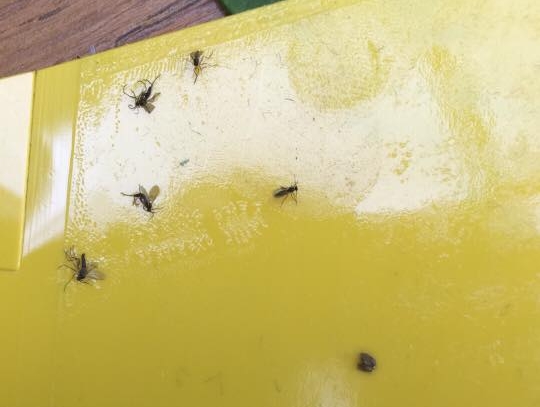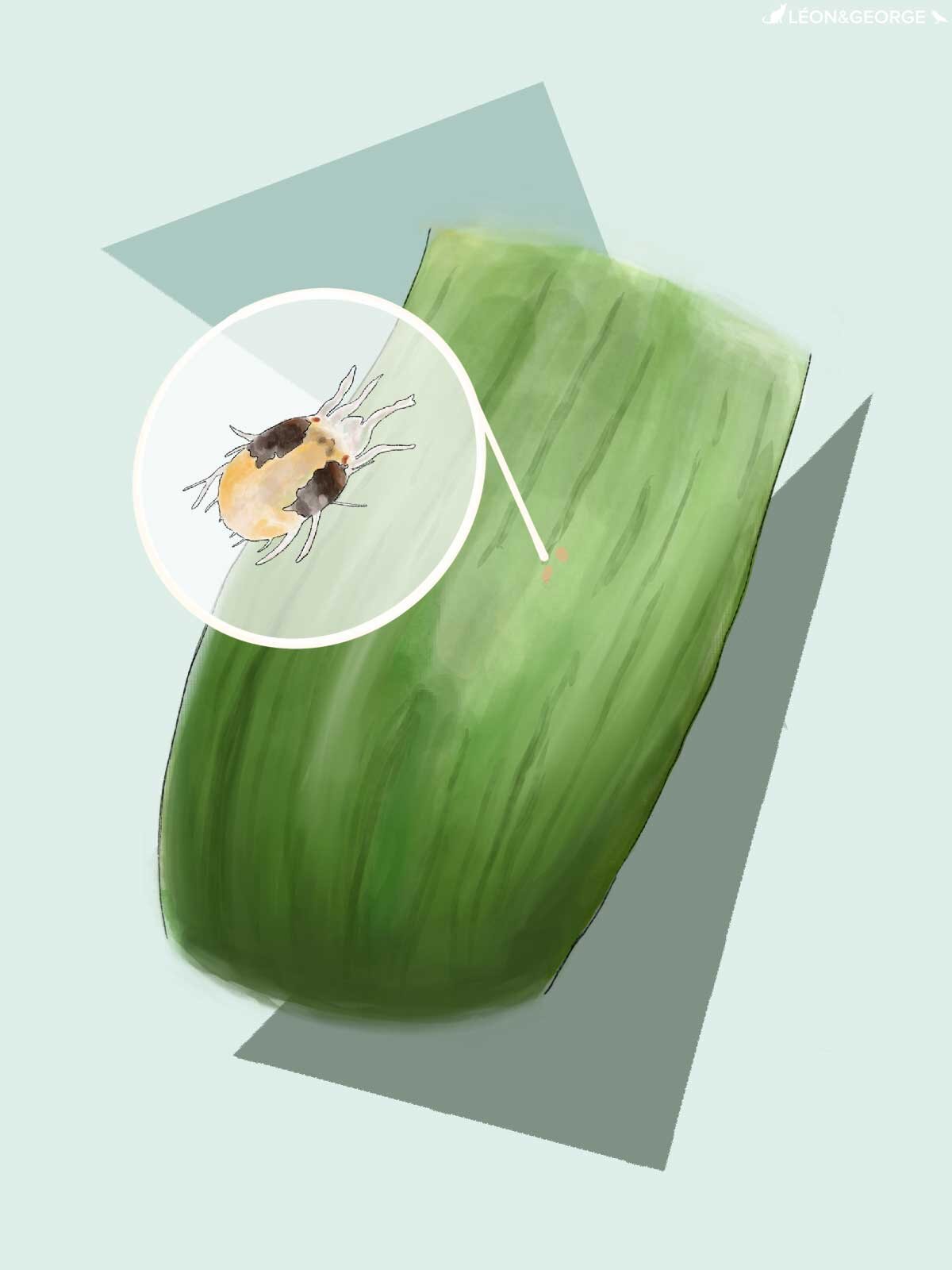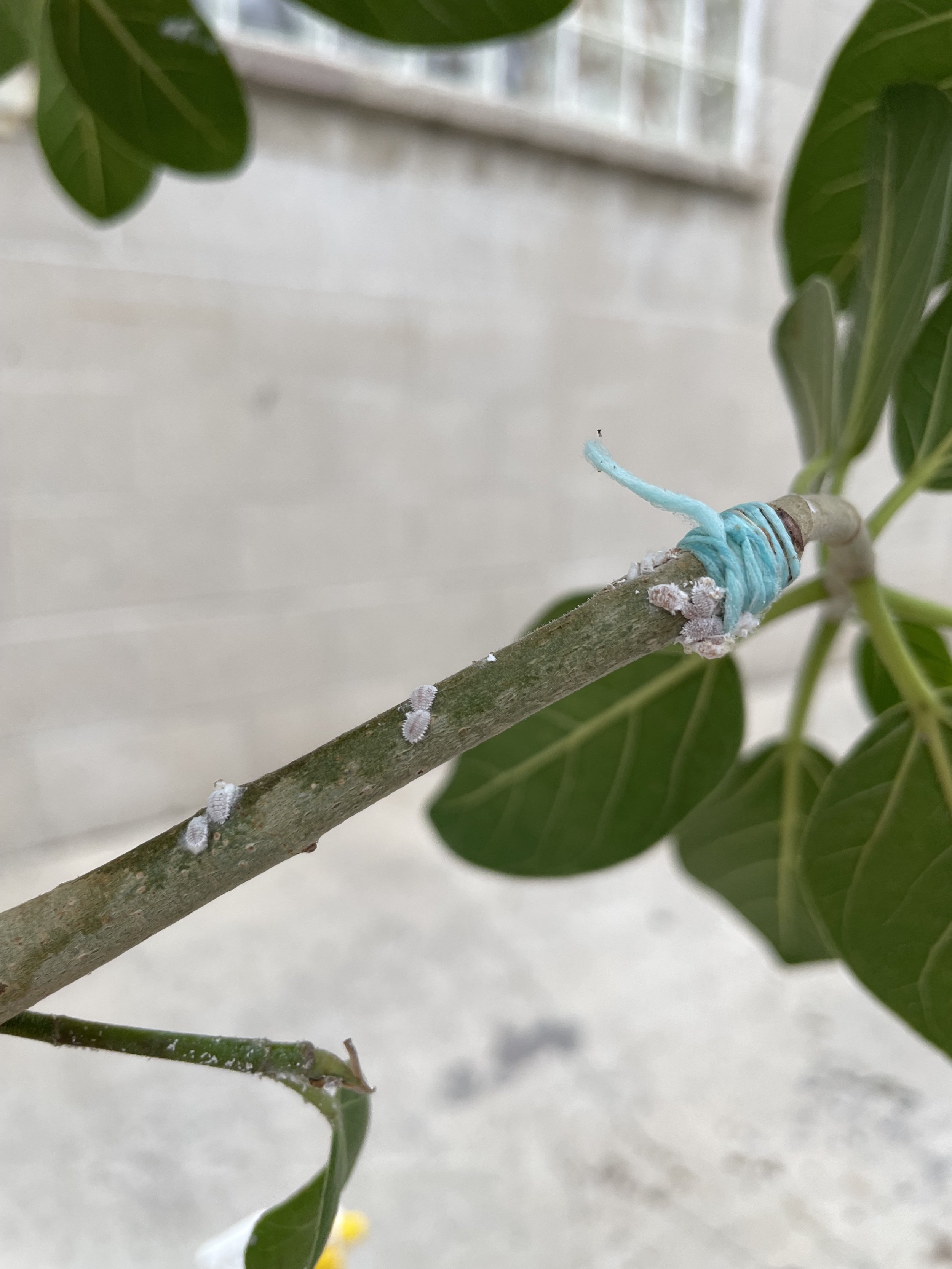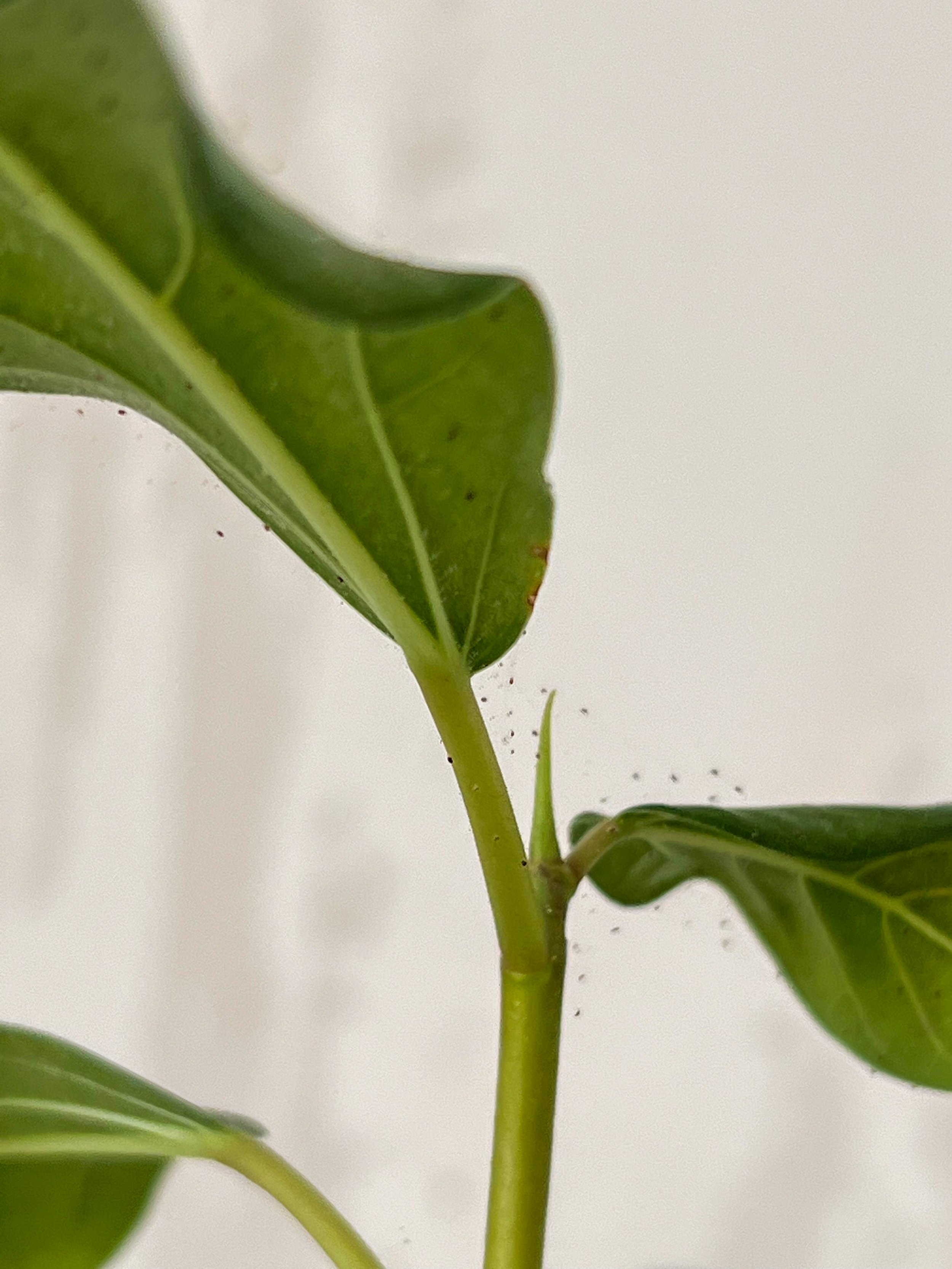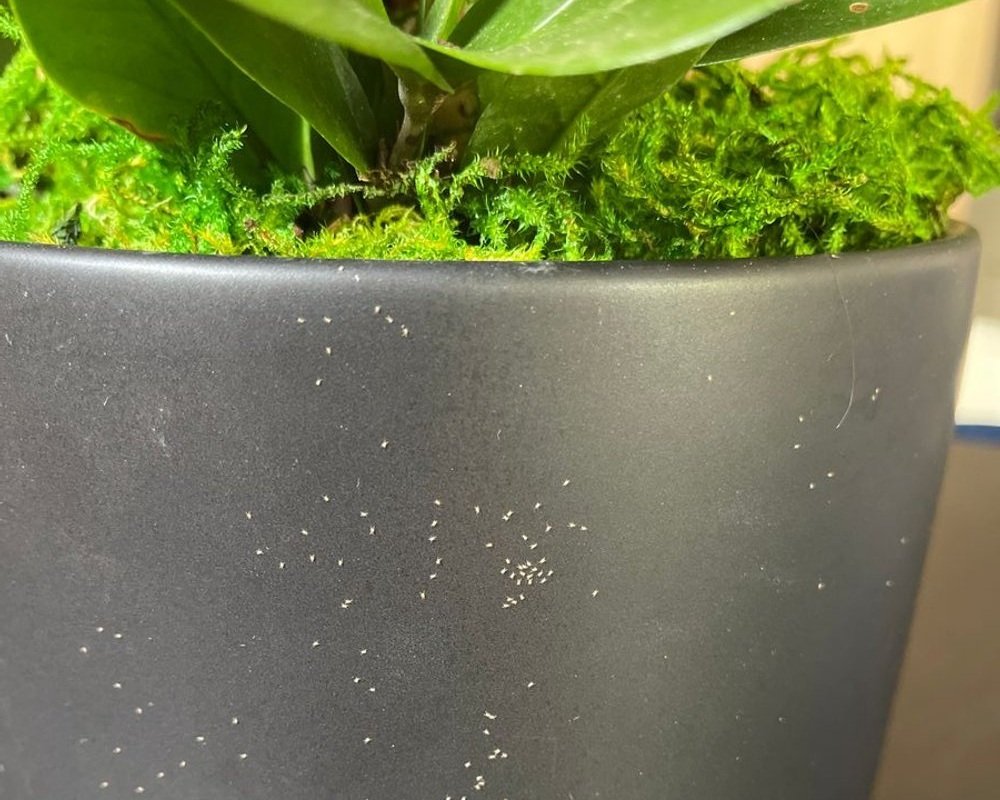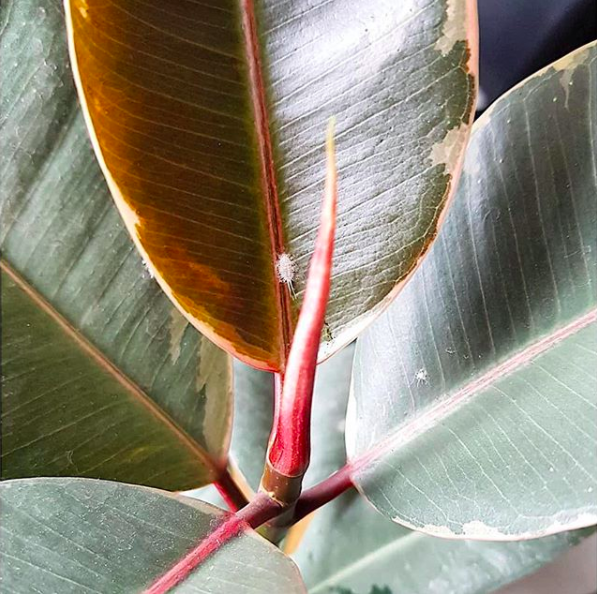Keep your indoor jungle pest-free for a happy, healthy green space!
One of the number one reasons people don't get involved with indoor plants? Fear of pests. While plants enhance the beauty of your home and have a profound impact on your mental and physical well-being, a common worry among many is the possibility of indoor plants attracting pests and how it may affect your plant growth. While it's a valid concern, it's important to separate fact from fiction when it comes to this topic. Let's explore whether houseplants truly attract insects and how to manage any potential issues.
Do Houseplants Attract Insects?
Do houseplants attract insects?
The short answer is yes, they can. Just as plants in outdoor gardens can attract insects, indoor plants are also susceptible to pest infestations. However, the degree to which houseplants attract insects depends on various factors, including the type of plant, its health, and the conditions in your home. Some plants are naturally more resistant to pests (for example, Olive Trees are naturally pest resistant!) while others may be more prone to attracting them, especially if they are stressed or not properly cared for.
Proper Care Reduces the Risk
One of the most effective ways to minimize the risk of insect infestations and damages to your plant’s stems and foliage is by providing proper care for your houseplants. Healthy, well-maintained plants are more resilient against pests. Ensure your plants receive adequate sunlight, water, and nutrients. Avoid overwatering, which can create conditions like root rot conducive to pest breeding, and regularly inspect your plants for signs of pest activity.
Do all Houseplants Attract Insects Equally?
Say goodbye to pesky pests with Neem Oil!
Not all houseplants attract insects to the same extent. Some plants, such as succulents, spider plants, Olive Trees and bamboo, are less attractive to pests compared to others. Additionally, certain factors, such as the plant's scent or the presence of flowers, may influence its attractiveness to insects. Sometimes, immature plants can be more prone to pests. By selecting plant varieties known for their pest resistance and strategically placing them in your home, you can help mitigate the risk of insect infestations. Here are a few plants that are pest resistant:
How To Manage Pests
Despite your best efforts, you may still encounter pests on your houseplants. If you notice signs of infestation, such as visible insects, sticky residue on leaves, or wilting foliage, it's essential to take action promptly. Begin by isolating the affected plant to prevent the pests from spreading to other plants. Then, depending on the severity of the infestation, you can employ various control methods and learn how to get rid of pests such as:
Manual Removal: Pick off insects by hand or prune affected parts of the plant.
Natural Remedies: Use natural insecticides and pesticides like soaps or horticulture oil, such as neem oil, to treat infested plants.
Environment: Adjust environmental conditions, such as humidity levels and air circulation, to discourage pest activity.
Check out our full blog post on common indoor plant pests to learn more about pests such as Mites, Thrips, Aphids, and Fungas Gnats.
At Léon and George, we're on a mission to bring the beauty of nature into your daily life. Our hand-selected, California-grown tropical plants such as the Fiddle Leaf Fig Tree, Ficus Audrey, and Bird of Paradise are carefully chosen for their quality, health, and beauty. We believe in simplicity, fairness, and sustainability, sourcing our plants from trusted local growers who share our values. When you bring a Léon and George plant into your home, you're not just getting greenery – you're getting a piece of nature treated with our all-natural products and staged for optimal growth. We're here to make plant ownership accessible and enjoyable for everyone, fostering a connection between people and the natural world.
Designed to Thrive
Premium plants, potted and delivered, plus lifetime access to 24/7 Plant Doctor support.




